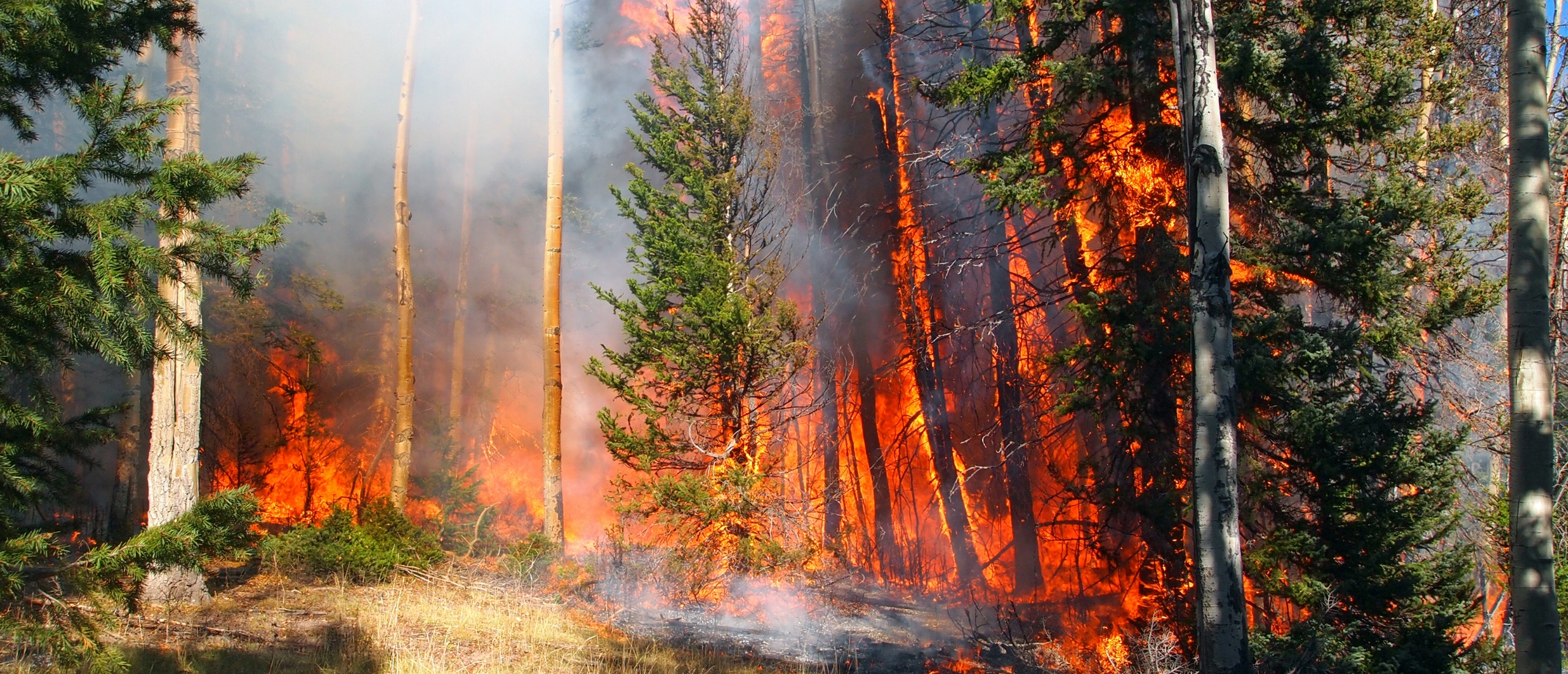Understanding the Health Impacts of Wildfires in Canada
- 5 min read
- February 19, 2024

Canada is experiencing a dramatic rise in the frequency and intensity of wildfires in recent years. Climate changes, prolonged droughts, and forest management practices have largely contributed to this alarming global trend. The country’s vast forests and peatlands provide abundant fuel for the wildfires, that escalate quickly and grow out of control.
Over seven million hectares of area is currently listed as under active fire. The map above displays the YTD number of fires in the provinces across the country (Source: National Wildland Fire Situation Report, Jun 28, 2023). These fires are not just impacting the land cover but also the air quality all over North America.
How does it affect us?
Mitigation and preparedness
As an employer:
- Prioritize the safety of your employees by staying informed about the wildfire situation and following guidance from local authorities and emergency management agencies.
- Establish clear communication channels to keep employees informed about the wildfire situation, evacuation orders or safety precautions, and any changes in work arrangements.
- Provide training to employees on fire safety, evacuation procedures, and the use of fire extinguishers.
- Develop and regularly update an emergency response plan that also addresses wildfires. Conduct drills or training sessions to ensure employees understand their roles and responsibilities during an emergency.
- Stay informed about air quality conditions in your area by monitoring official sources such as local air quality indexes or government agencies. Take measures to reduce exposure when air quality deteriorates.
- Recognize employee well-being and offer support and resources to affected employees.
- Develop evacuation plans specific to your workplace, considering multiple exit routes and assembly points.
As an individual:
- Paying attention to the Air Quality Health Index (AQHI) or other indicators of smoke levels in your area.
- Wearing a well-fitted respirator type mask such as a certified N95 or equivalent respirator whenever moving outside.
- Limiting outdoor activity and strenuous physical activities.
- Making use of a clean, good quality air filter and regularly replacing air filters in the air conditioning. If possible, consider investing in air purifiers.
- Taking care of your mental health and reaching out to a professional in case of trouble coping with stress, anxiety, or depression.
The health risks associated with wildfires in Canada are a pressing concern that demands urgent attention. The impact of these disasters extends beyond immediate physical danger, affecting respiratory health, cardiovascular well-being, mental health, and the potential spread of infectious diseases. By implementing proactive measures and fostering community resilience, we can mitigate the health risks and ensure our long-term well-being.




